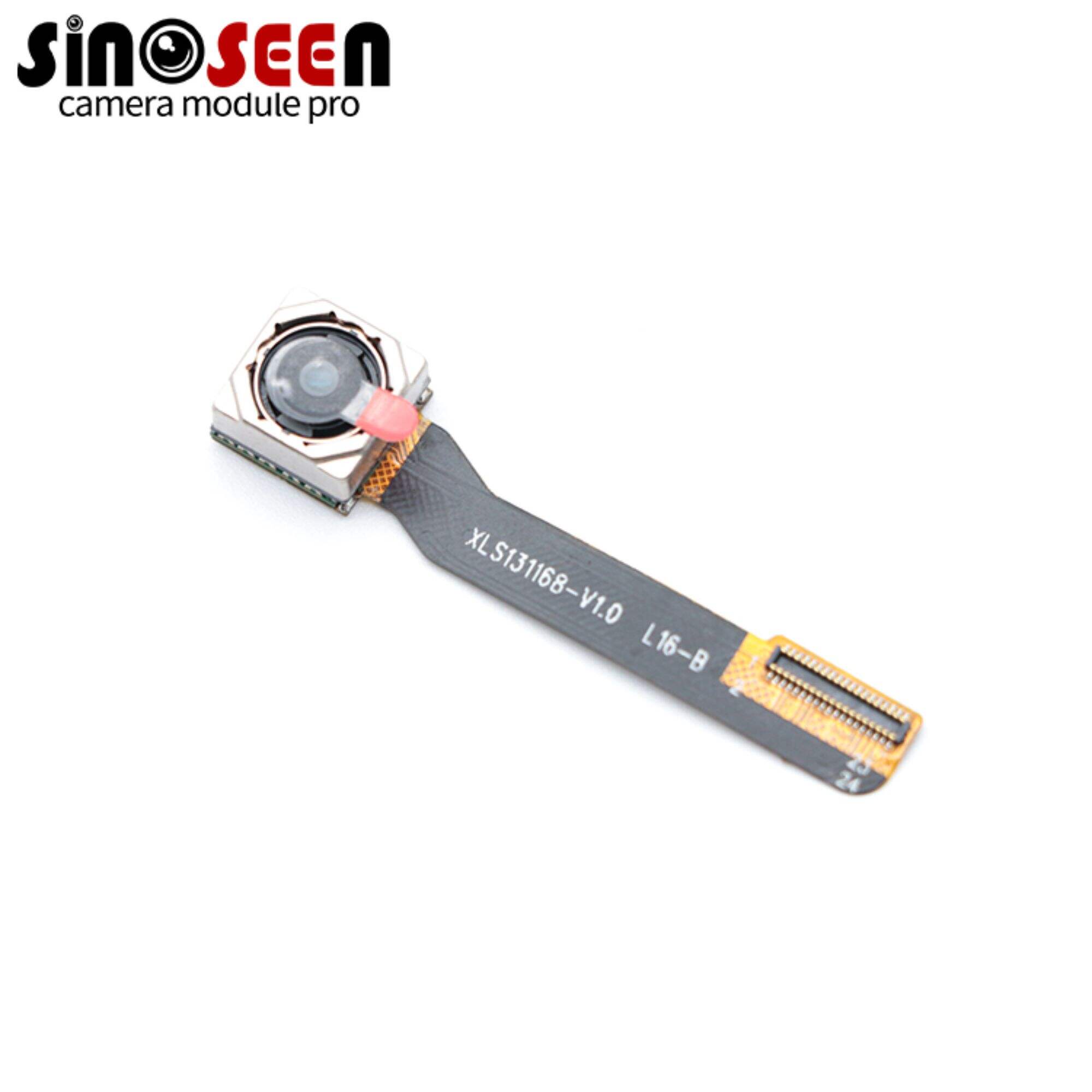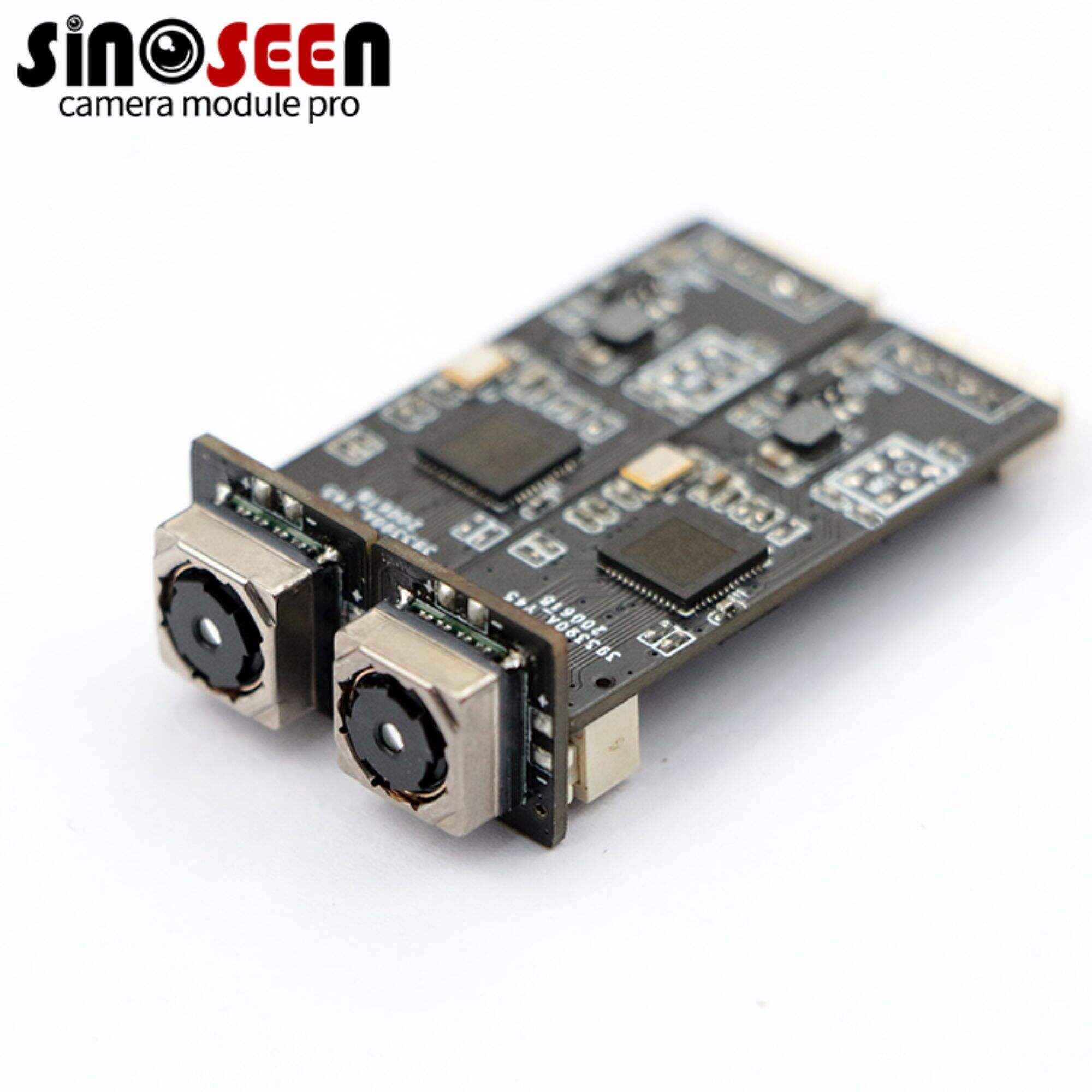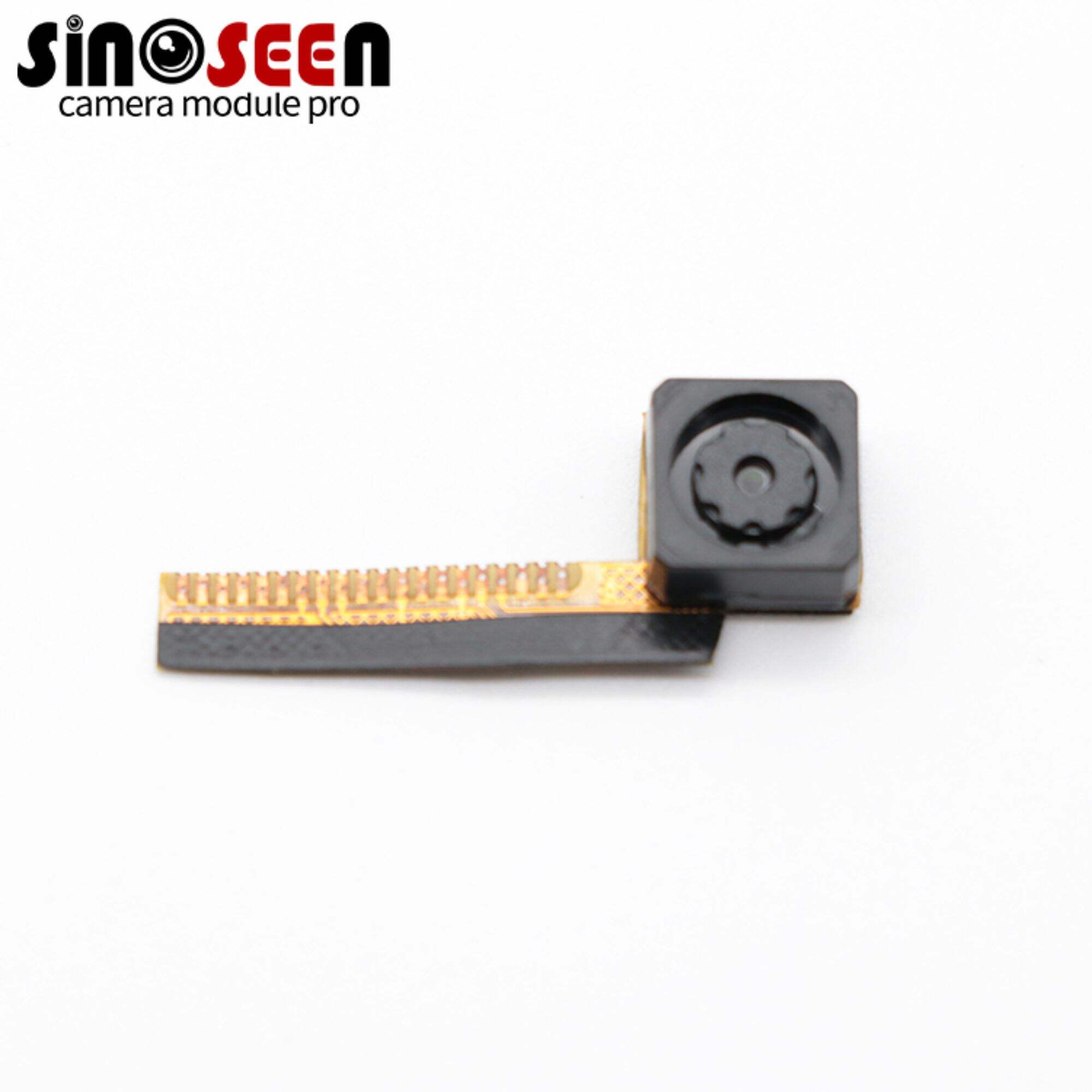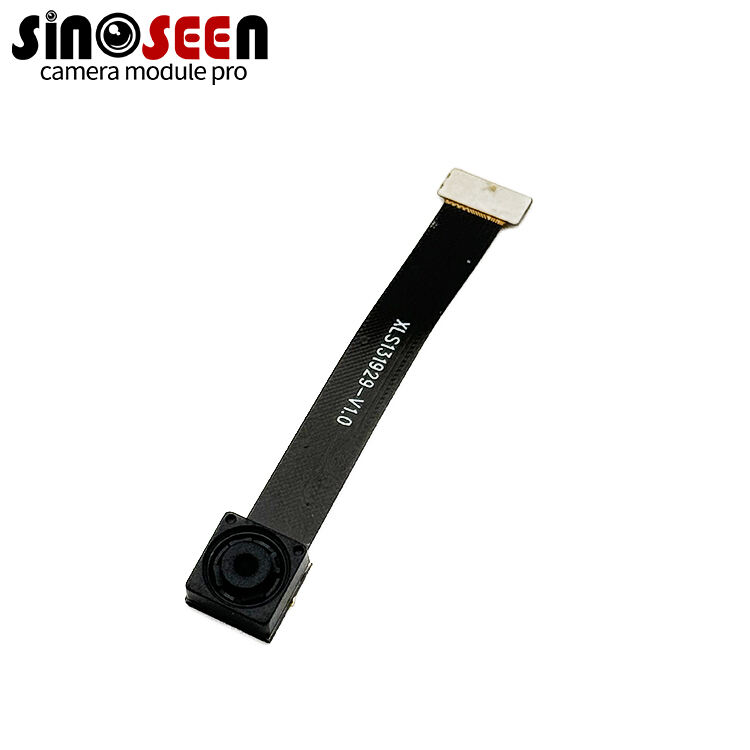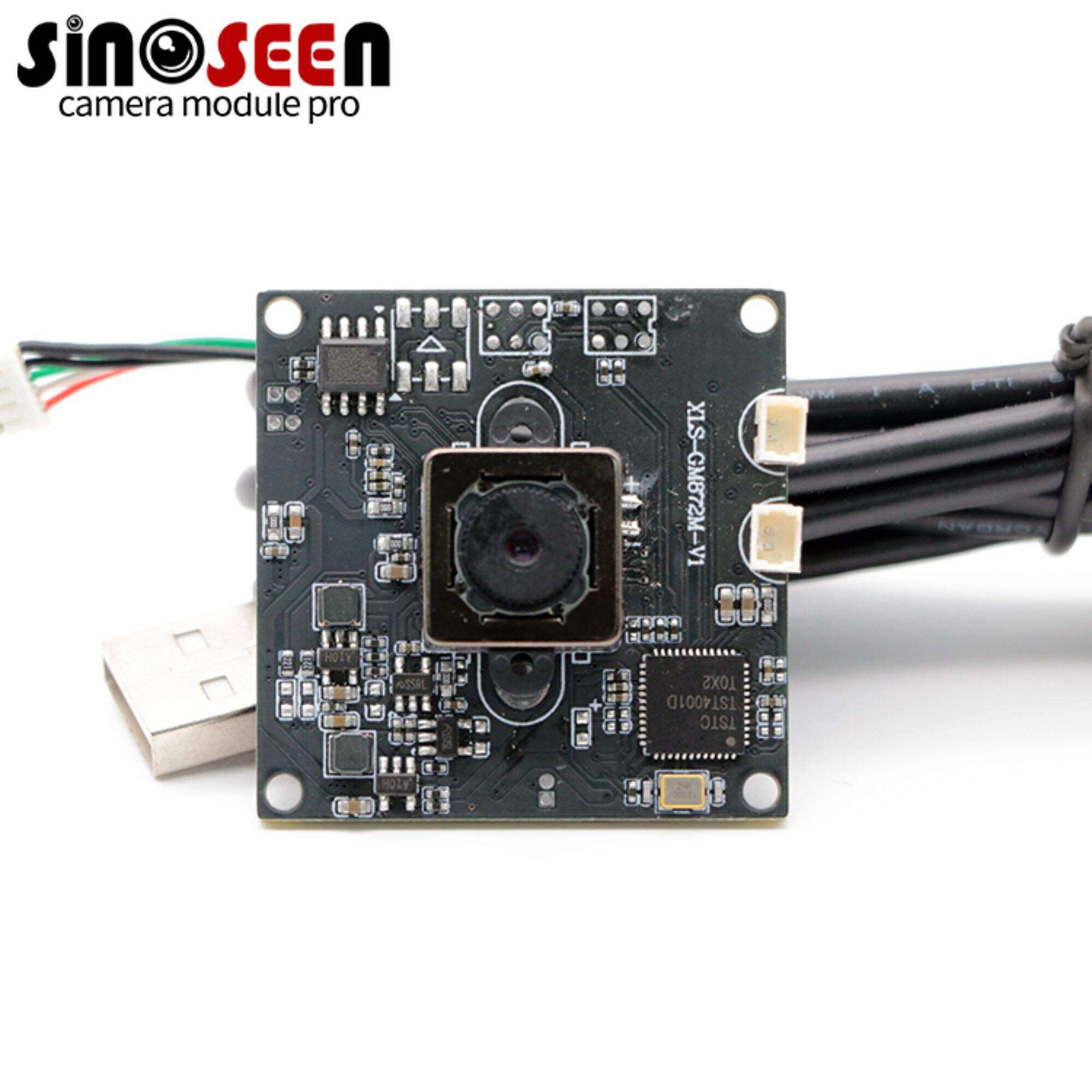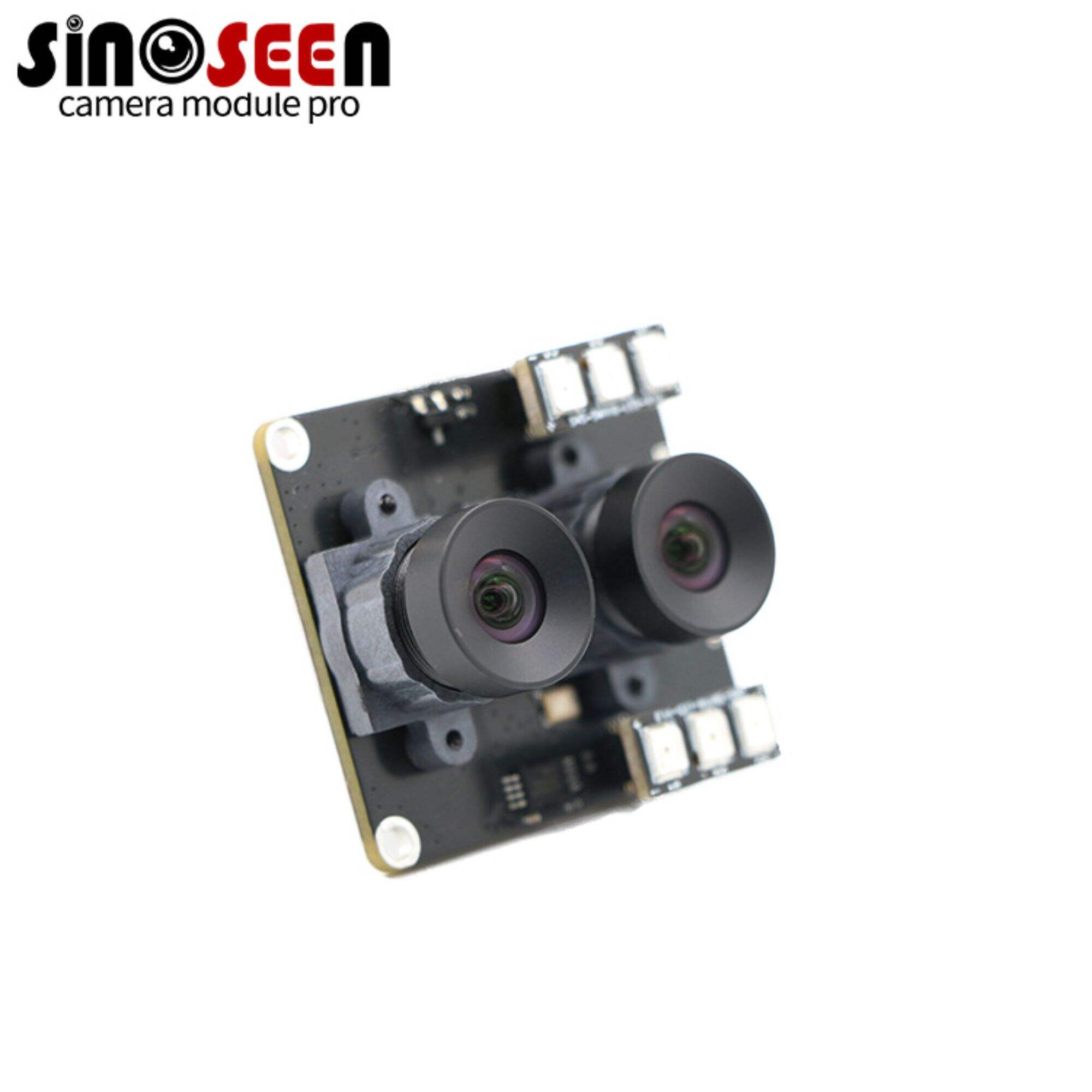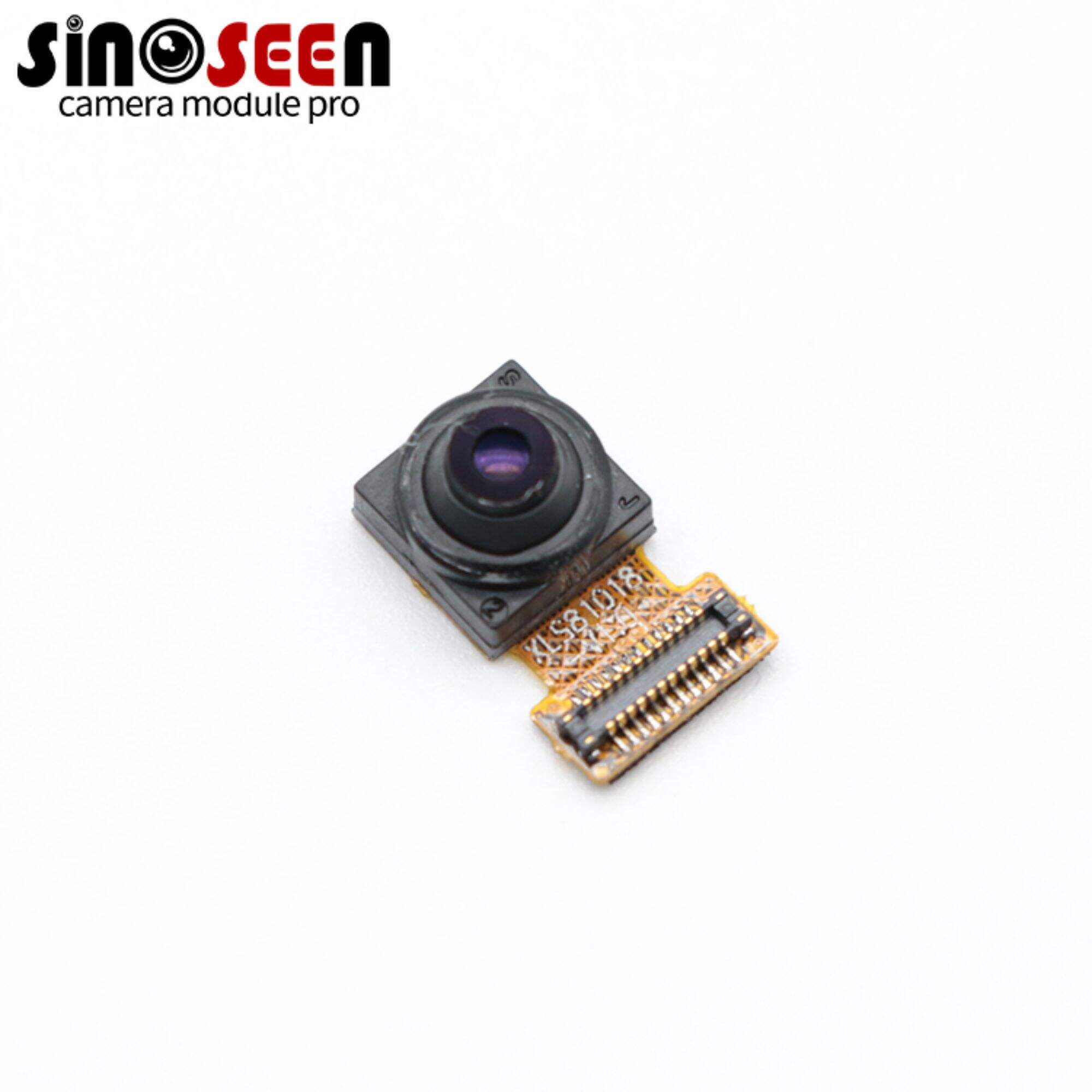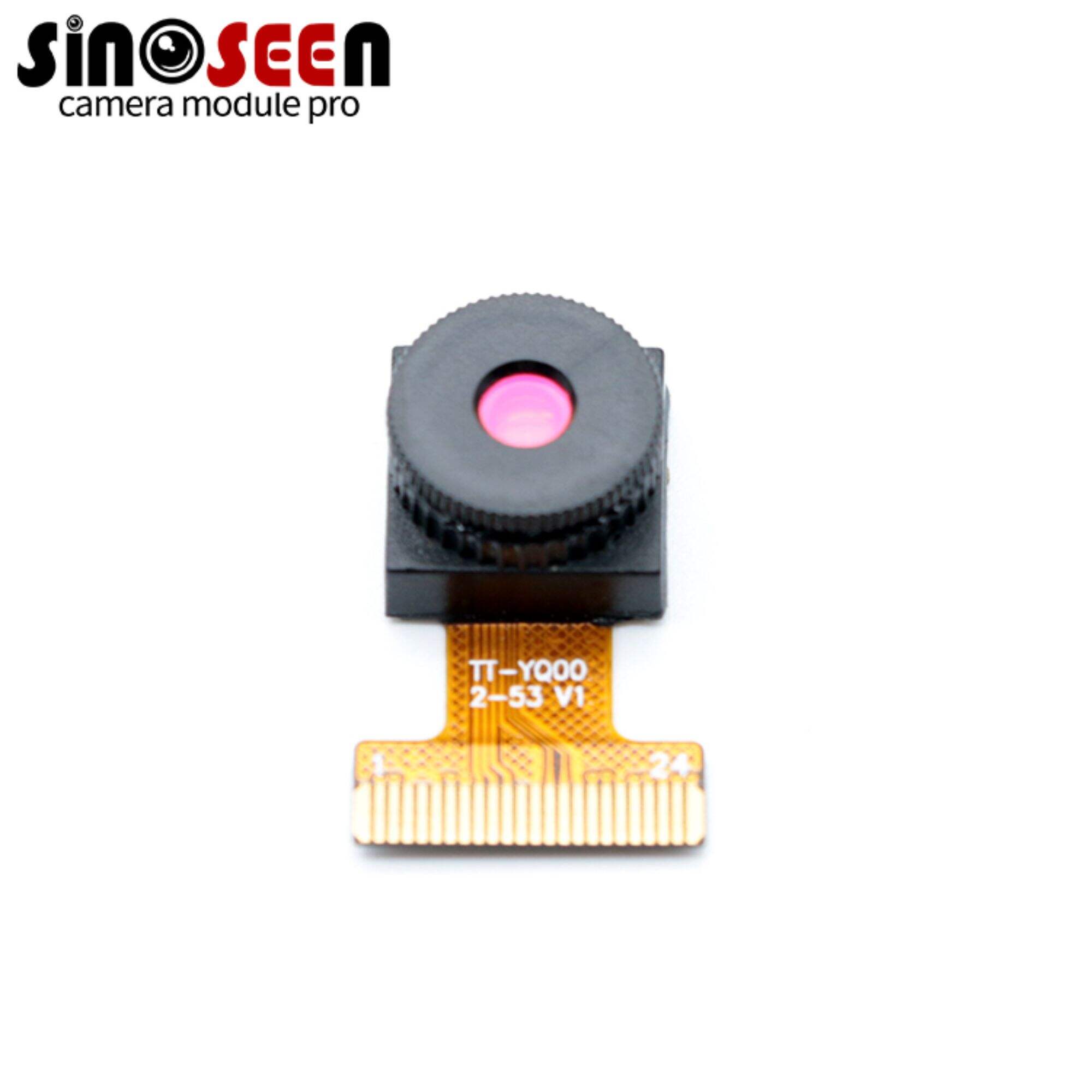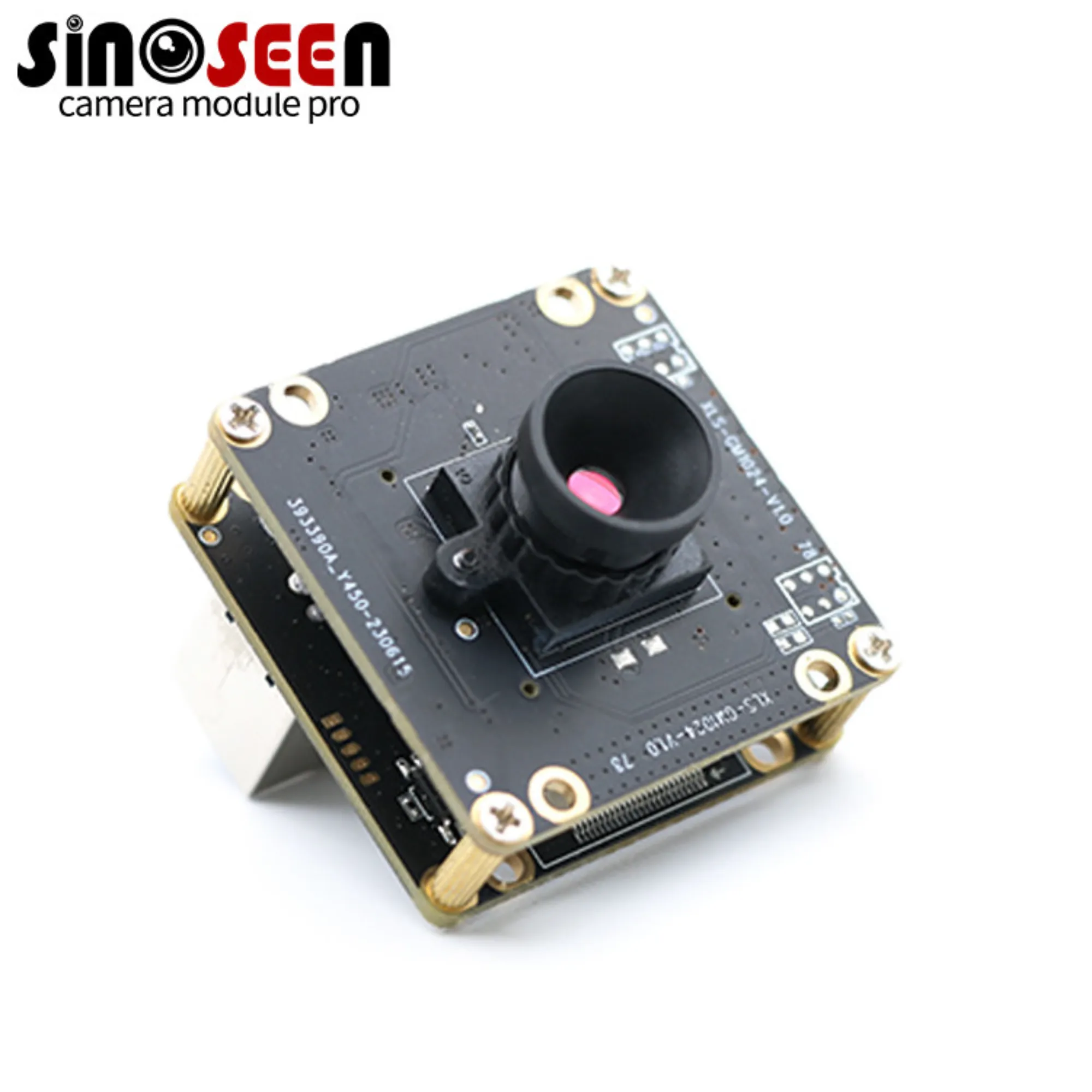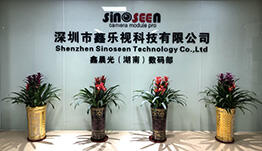What is an AI camera?the future of Industry 4.0 and AI-powered cameras
Driven by the wave of Industry 4.0, the manufacturing industry is undergoing a profound transformation. Traditional automated equipment is being replaced by smarter, more autonomous systems. One of the core drivers of this transformation is AI cameras. They take traditional machine vision technology to a whole new level, evolving from simple "seeing" to the ability to "think" and "decide."
As a consultant specializing in camera modules, this article will provide an in-depth analysis of the meaning of artificial intelligence cameras. We will explore their core functions in smart manufacturing, the key performance metric of TOPS, and envision their promising future in the industrial sector.
What is Industry 4.0?
Industry 4.0, often referred to as the Fourth Industrial Revolution, is a transformation aimed at transforming traditional manufacturing into "smart factories." Its core focus is on building a highly connected, data-driven production environment. This involves leveraging technologies such as the Internet of Things (IoT), big data, cloud computing, and artificial intelligence to enable seamless connectivity and real-time information exchange between devices, systems, and people.
In the vision of Industry 4.0, machines are no longer simple executors but intelligent entities capable of autonomous decision-making. They can self-diagnose and self-optimize, significantly improving production efficiency, reducing costs, and enabling flexible production. Embedded vision technology is key to realizing this vision.
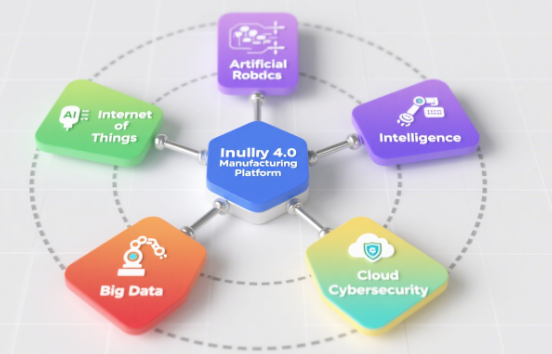
What does an AI camera mean? Redefining the Machine Eye
So, what does an AI camera mean? It's not just a camera with a lens and sensor, but an intelligent terminal with a "brain." Unlike traditional machine vision cameras, AI cameras integrate a high-performance processor, an AI accelerator chip, and intelligent software.
This means they can perform complex image analysis and decision-making the moment an image is captured. Instead of transmitting massive amounts of raw data to a central server for processing, computations are performed directly at the "edge." This significantly reduces latency and improves system real-time performance and efficiency.
Key Functions of AI-Powered Cameras
As the "eyes" and "brains" of smart manufacturing, AI-powered cameras offer a variety of core functions, revolutionizing industrial automation and quality control:
- Object Detection and Recognition: Accurately identify and locate products, parts, and even defects on the production line. This is crucial for automated sorting and assembly.
- Quality Inspection: Detects subtle defects imperceptible to the human eye, such as scratches, cracks, and color variations, ensuring consistent product quality.
- Anomaly Detection: Learns normal production patterns and automatically identifies any deviations from normal behavior or events, providing early warning.
- Dimensional Measurement and Metrology: Accurately and non-contactly measures the dimensions of objects, ensuring product conformance to design standards.
- Predictive Maintenance: Continuously monitors equipment status to predict potential failures, enabling proactive maintenance and avoiding unplanned downtime.
What is the role of TOPS in AI cameras?
For AI-powered cameras, computing performance is their core value. TOPS (Tera Operations Per Second) is a key metric for measuring this performance. TOPS defines the number of trillion operations per second that an AI camera's integrated AI accelerator chip can perform.
A higher TOPS value indicates stronger AI inference capabilities and faster processing speeds. This enables AI cameras to handle more complex AI models and complete tasks with lower latency. For example, when performing real-time quality inspection on high-speed production lines, high TOPS performance is crucial for ensuring system reliability.

The AI Camera Market: A Rapidly Growing Trillion-Dollar Market
The global AI camera market is expanding at an astonishing rate. According to market analysts, its size will reach hundreds of billions of dollars within the next few years. This is primarily driven by the widespread adoption of AI technology across various industries, particularly in manufacturing, security, retail, and transportation.
From simple security surveillance to complex industrial automation, AI-powered cameras are transforming the operational models of traditional industries. For embedded vision engineers, a deep understanding of AI camera market trends and seizing market opportunities are key to future success.
Deploying AI Camera Systems in Smart Manufacturing
Deploying a successful AI camera system is no easy task. It requires not only high-performance AI-powered camera hardware but also a complete system architecture encompassing data acquisition, AI model training, edge computing, and cloud integration.
Pain points facing engineers include: How to run complex AI models with limited computing resources? How to ensure system stability and reliability in harsh industrial environments? How to seamlessly integrate AI camera data into existing production management systems? Addressing these challenges is key to building efficient AI camera systems.
AI Speed Cameras and Public Safety: A Powerful Application Example
The applications of AI-powered cameras extend far beyond industrial manufacturing. For example, AI speed cameras in the public safety sector, using built-in AI algorithms, can identify vehicles and license plates in real time and accurately calculate speeds.
These intelligent AI camera systems can automatically detect speeding violations, significantly improving law enforcement efficiency and road safety. Globally, such intelligent surveillance devices are being widely deployed, such as in AI Camera UK. This demonstrates the enormous potential of AI cameras in improving social governance.
The Future of AI-Enabled Embedded Vision in the Industrial Sector
In the future, AI-enabled embedded vision will be even more deeply integrated into the industrial sector. With the continuous improvement of edge computing chip performance, AI cameras will have stronger autonomous learning capabilities and even be able to self-optimize AI models. AI-powered cameras will no longer be standalone devices, but will become the nerve endings of smart factories, working in conjunction with other automation systems, robots, and IoT devices.
This deep integration will give rise to new industrial applications such as adaptive production, intelligent quality traceability, and fully automated logistics. Future AI camera systems will become the core engine driving the further development of Industry 4.0.
Summary
AI cameras are a key technology in the Industry 4.0 era. By integrating AI chips, they transform vision systems from passive observers to active decision-makers. From understanding the fundamentals of AI cameras to mastering TOPS performance metrics, engineers need a comprehensive understanding of this technology. Whether it's the booming AI camera market or specific applications like AI speed cameras, AI cameras are reshaping our industry and society.
Muchvision helps you integrate AI cameras into your projects
Facing the enormous potential of AI-powered cameras, are you considering integrating AI camera systems into your products? Contact our expert team today for professional embedded vision solution consulting to help you stand out in the smart manufacturing competition!

 EN
EN
 AR
AR
 DA
DA
 NL
NL
 FI
FI
 FR
FR
 DE
DE
 EL
EL
 HI
HI
 IT
IT
 JA
JA
 KO
KO
 NO
NO
 PL
PL
 PT
PT
 RO
RO
 RU
RU
 ES
ES
 SV
SV
 TL
TL
 IW
IW
 ID
ID
 SR
SR
 VI
VI
 HU
HU
 TH
TH
 TR
TR
 FA
FA
 MS
MS
 IS
IS
 AZ
AZ
 UR
UR
 BN
BN
 HA
HA
 LO
LO
 MR
MR
 MN
MN
 PA
PA
 MY
MY
 SD
SD

